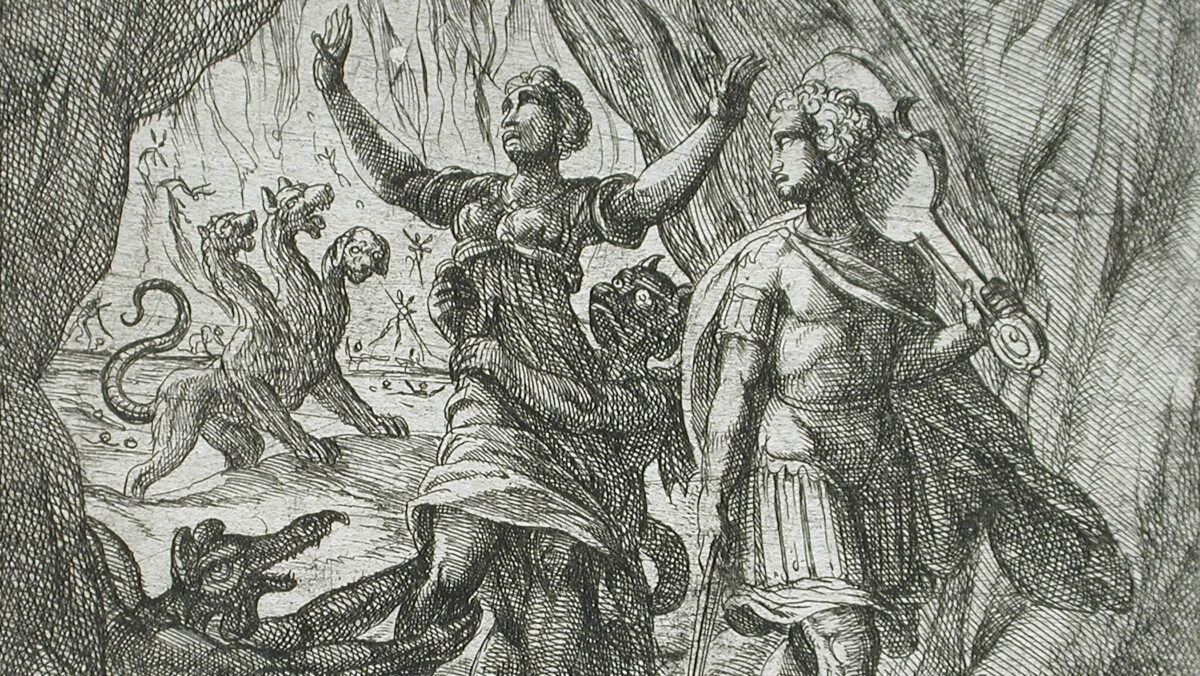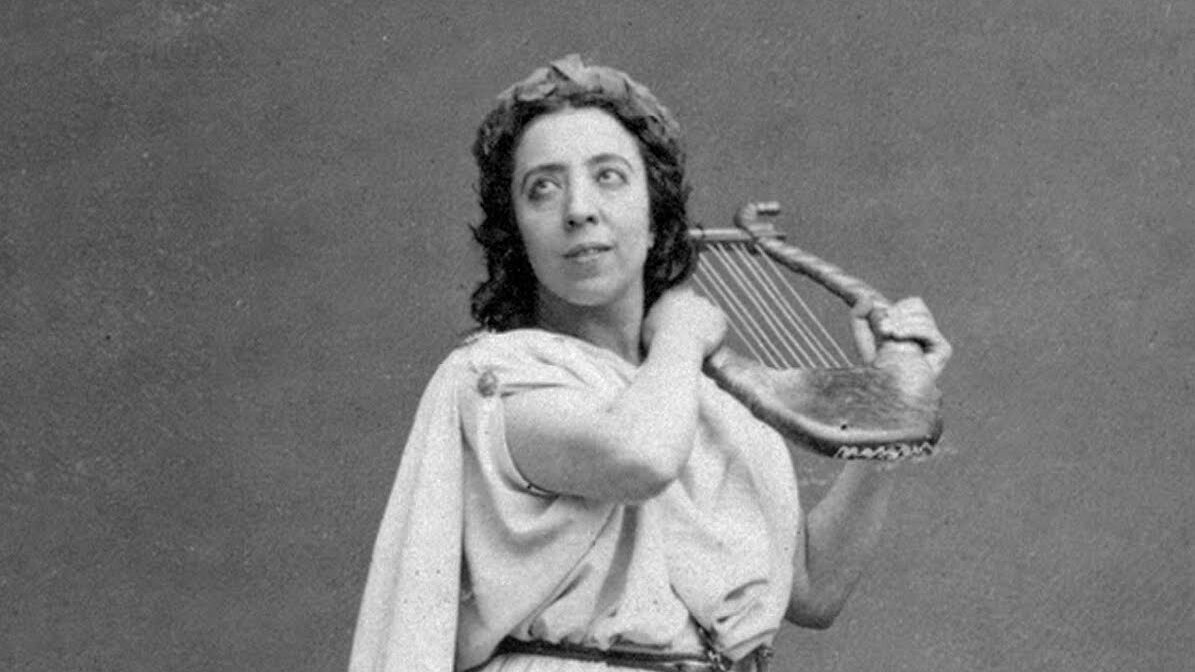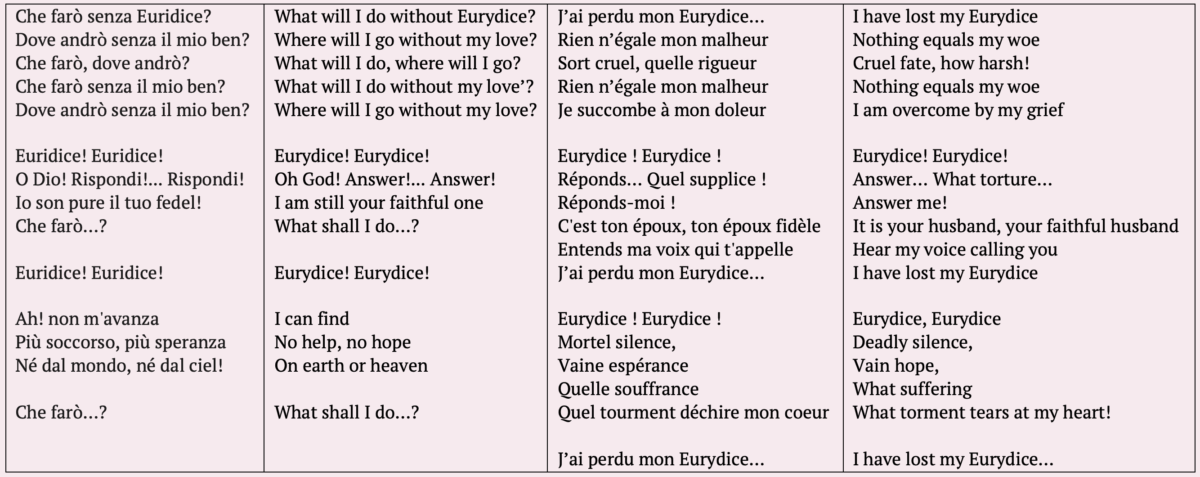
Within the feedback on a current “Change my thoughts about…” merchandise in regards to the glad ending of Gluck’s Orpheus opera, multiple reader admitted to not seeing what’s so nice about “Che farò senza Euridice?” It takes braveness to admit to not getting one thing that has been held up as a masterpiece for over 2 hundred and fifty years, however these courageous souls usually are not alone. Even in Gluck’s day, the music was criticized for an emotional restraint that borders on detachment. Gluck himself admitted that “nothing however a change within the mode of expression is required to show my aria ‘Che farò senza Euridice?’ right into a dance for marionettes.”
That downside is compounded for current day listeners because the aria exists in 4 variations for 3 completely different voices in two languages. Most of us first encountered the aria within the model farthest faraway from what Gluck wrote.
Orfeo ed Euridice was first given in 1762, in Vienna, as a part of the identify day celebrations for Francis of Lorraine (the stay-at-home husband of Empress Maria-Theresa), written in Italian and with Gaetano Guadagni, a contralto castrato, as Orfeo. It was Gluck’s first “reform opera” through which he got down to create a brand new synthesis of phrases and music, eschewing vocal show, and formal repetition that didn’t assist the textual content or additional the motion, and aiming for extra direct communication and emotional fact. Response was extra approving than enthusiastic.
Gluck was additionally music instructor to Marie-Antoinette, the Empress’s youngest daughter, who will need to have been current on the premiere of Orfeo. Along with her assist, in 1774, Gluck was invited to Paris with a contract to current Orphée et Eurydice as considered one of six new operas. Along with a brand new French libretto, the opera was tailored to enchantment to French style. New dance episodes have been added, the position of the refrain was enhanced, the orchestration was simplified, and the lead roles have been expanded. Most importantly, as a result of the French most well-liked their operatic heroes anatomically intact, the position of Orphée was rewritten for a excessive tenor (haute-contre), giving him a extra masculine, virile, “heroic” sound. A few of these adjustments have been a step again from Gluck’s reform beliefs, however they have been shrewd selections. The French model was an enormous success. “Che farò senza Euridice?” turned “J’ai perdu mon Eurydice” and whereas the adjustments to it don’t seem very nice at first look, they’re vital.


Pauline Viardot as Orpheus
The success of Orphée et Eurydice was such that its recognition survived the French Revolution, the Napoleonic period, and the vicissitudes of French social and political life following the Bourbon Restoration, nevertheless it’s place within the repertory was threatened by adjustments in tuning. Over the primary half of the 19th century, French live performance pitch rose steadily to the purpose the place no tenor may sing Orphée with out so many transpositions that efficiency turned impractical. The answer was for girls to tackle the position. In 1854, Liszt made a model for contralto with a brand new overture of his personal, and Meyerbeer instructed to Pauline Viardot that she get somebody (however not him) to make one for her. That somebody turned out to be Berlioz, a Gluck devotee with an intensive information of each the French and Italian variations. Berlioz caught carefully to the 1774 rating however reverted to the unique orchestration the place he thought of it superior.
The Berlioz model offered a singable rating, nevertheless it introduced its personal challenges: it contained extra dance than many opera corporations may handle and made nice calls for on the refrain. It was additionally in French at a time when opera – if not within the native language – was in Italian. (The Metropolitan Opera opened its doorways, in 1883, with Faust in Italian.) In 1889, Ricordi revealed an version that was extra expedient than scholarly. It was primarily based on the Berlioz however with the Italian textual content, returning to the Italian rating the place the phrases didn’t match the French music, and reducing a few of the Paris choral and dance music. On the similar time, a few of the Paris additions that didn’t exist within the authentic, however have been flattering to singers, have been retro-translated into Italian. Singers and conductors reduce and added at will. Toscanini and Louise Homer interpolated “Divinité du Styxe” (from Alceste) on the Met in 1911. And it was the Ricordi model through which Orfeo ed Euridice turned established (till fairly lately) because the oldest opera in the usual repertory and was the model through which I first noticed the opera at Santa Fe in 1990, with Marilyn Horne and Benita Valente.
Regardless of the model and whether or not one sees the motion in literal phrases or as a metaphor for the phases of grief (or some other interpretation), this aria is the climax of the opera: the second when Orpheus faces the horrible permanence of loss. How he does so, nevertheless, is completely different in Italian and French. One doesn’t have to know a phrase of both language to see that “Che farò senza Euridice?” is a query, whereas “J’ai Perdu mon Eurydice” is a declarative assertion. One is an energetic thought course of, the opposite a proper lament.

In each variations, the aria’s construction is in probably the most fundamental rondo type: ABACA. The straightforward, music field chorus contrasts with the emotionally loaded episodes. In a delicate efficiency, that distinction is what creates the aria’s affect. Musically, the one variations are the important thing (F for the Vienna and Berlioz variations, C for 1774) and a small however essential change on the finish. (We’ll get to that.)
When the Met first staged Orfeo (1891) one admiring critic discovered “Gluck’s grand simplicity restful,” and praised his “pure, chaste music.” At a time when La traviata and Don Giovanni have been frequently condemned for his or her indecency, Orfeo was totally respectable, an opera to which one may take one’s marriageable daughter. This decorous, respectable chastity turned the norm for a lot of a terrific singer. Gluck instructed Guadagni to sing his cries of ‘Euridice!’ within the first scene as if his leg have been being amputated, however performances like this by Maureen Forrester – matronly, metronomic, with all of the urgency and depth of a Methodist hymn — have been normal for many of the 20th century and do little to dispel the impression that, as Peter Schaffer wrote in Amadeus, Gluck’s characters are “so lofty they sound like they shit marble.”
However Forrester is singing Italian phrases to French music, written for a person. Scraping off the highest layer of conventional accretions, and dealing backward towards Gluck’s authentic, Maria Callas’s recording of the Berlioz-Viardot model provides us the French textual content with the French music. It is probably not what Gluck wrote, however the steadiness of classical restraint and deep pathos is hardly restful. Whether or not it’s Callas’s very good instincts as an actress or the product of analysis, she not solely contrasts the episodes with the chorus, however varies the chorus every time it returns in a method that recollects accounts of Viardot’s personal efficiency.
In 1859, the 12 months Viardot first sang Orphée, a authorities decree standardized French pitch at A=435, making it potential for tenors to renew singing Orphée. Nonetheless, the haute-contre, model, which blended chest and head voice (or falsetto) for larger notes, was giving technique to a brand new breed of tenors who sang excessive notes with full chest voice and Orphée remained a girls’s position. Within the mid-20the century, males – notably Léopold Simoneau, Nicolai Gedda ,and, extra lately, Juan Diego Flórez — began singing it once more. Whether or not they’re real haute-contre or not I’ll depart to others extra educated that myself. Simonau’s efficiency (out there on YouTube) it’s a basic. This instance, nevertheless, is by Richard Croft, from an entire recording of the 1774 model.
I used to be amazed the primary time I heard Orphée, a younger man in despair, sound a lot like… effectively, a younger man in despair. After the Paris premiere, the influential salonnière Mlle Lespinasse wrote, “this music drives me mad; it carries me away […] my soul is keen for this type of ache.” By coincidence, 1774 was additionally the 12 months Goethe revealed The Sorrows of Younger Werther, one other story of a younger man in despair that precipitated an analogous sensation. Gluck and Goethe had tapped right into a rising dissatisfaction with the rational optimism of the Enlightenment. Gluck was ambivalent about giving his opera a contented ending. Conference demanded it, however individuals wanted an excellent cry.
By the point Gluck tailored the opera for Paris, he had realized that an excessive amount of reform at one time was not conducive to industrial success. He gave Orphée a bravura aria within the first act, and, with the addition of simply two measures that delay the ultimate cadence, turned “J’ai perdu mon Eurydice” into the prototypical eleven o’clock quantity. These two measures, repeating the final phrases (“à ma douleur”) fortissimo, on sustained excessive notes, make for a boffo ending. In fact it strikes the gods to pity, and the glad ending feels virtually inevitable. With out that sort of climax, “Che farò senza Euridice?” is an introverted second, a brutally actual portrait of suicidal ideation, making the next ex machina glad ending all of the extra discordant. Maybe that’s what Gluck needed.
Orfeo ed Euridice is a much more radical work that Orphée et Eurydice. The Vienna Orfeo will not be particularly heroic. The Furies name him a “misero Giovine” (wretched boy) and pointedly remind him that he’s no Hercules. The sound of a male treble comes nearer to that sort of vulnerability. Orphée, the nice bard, eloquently describes his grief to the universe. Orfeo, the wretched boy, singing solely to himself and his lifeless spouse, experiences his grief in actual time. “What shall I do, the place shall I’m going?”will not be a rhetorical query to which Orpheus repeatedly returns. It’s actual and the one solutions are terifying. Any fewer phrases and he can be inarticulate. The straightforward melody and rondo type make good sense for the scenario and the character. On this context, and contemplating Gluck’s emotions about vocal show, the singer have to be very cautious about the place and find out how to decoration; the query should not lose any of its stark terror to fairly element. Examine the next clips: each are very positive performances, however David Daniels emphasizes the phrases “the place?” and “what?” with abrupt, disconcerting leaps, whereas Jakub Józef Orliński appears to decoration as a result of that’s what one does in18th century music. (Warning: the digicam work and emoting are such that you could be wish to pay attention with out watching.)
A countertenor will not be a castrato and questions stay, too, in regards to the true haute-contre sound. So we’re left with two equally “genuine” arias, neither of which goes to be carried out precisely as Gluck imagined, however each of which have their place. Onstage, the Vienna model is the higher opera. Its brevity, its unbroken deal with Orfeo, and its stark simplicity give it the potential to be devastating, glad ending however. The Paris Orphée, nevertheless, accommodates a lot stunning music (the prolonged Dance of the Blessed Spirits, “Cette assile aimaible et tranquille,” and many others.) that I’d not wish to be with out and which I’m glad to listen to on recordings. And I don’t suppose there’s a lot query that in isolation – on file on in live performance – “J’ai perdu mon Eurydice” is the higher aria, whatever the intercourse or vocal vary of the singer. So, I’ll finish with that one, sung by Michael Spyres, the best helden-haute-contre-baritenor earlier than the general public at this time.